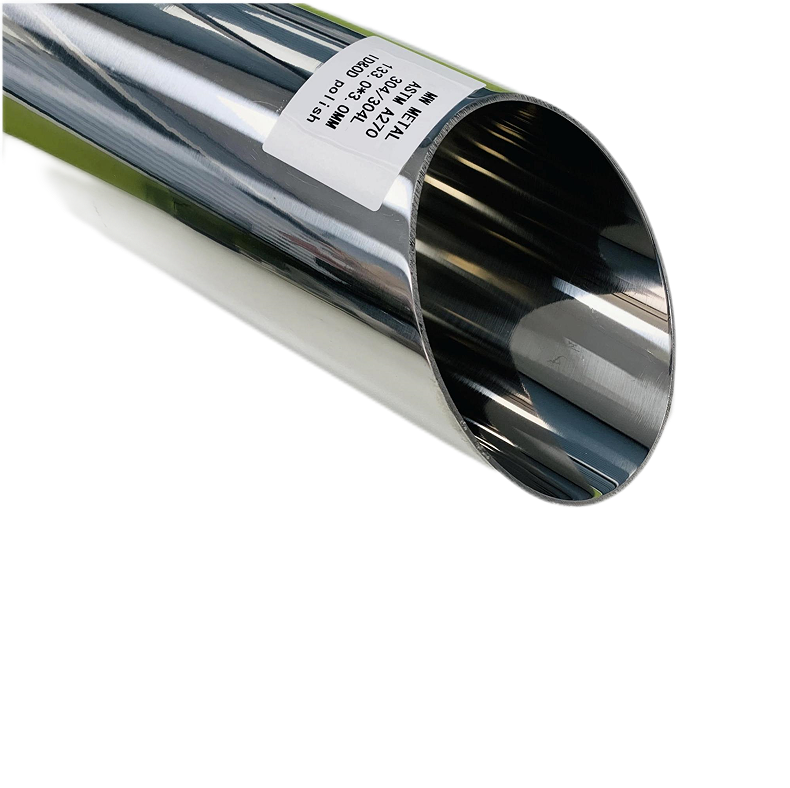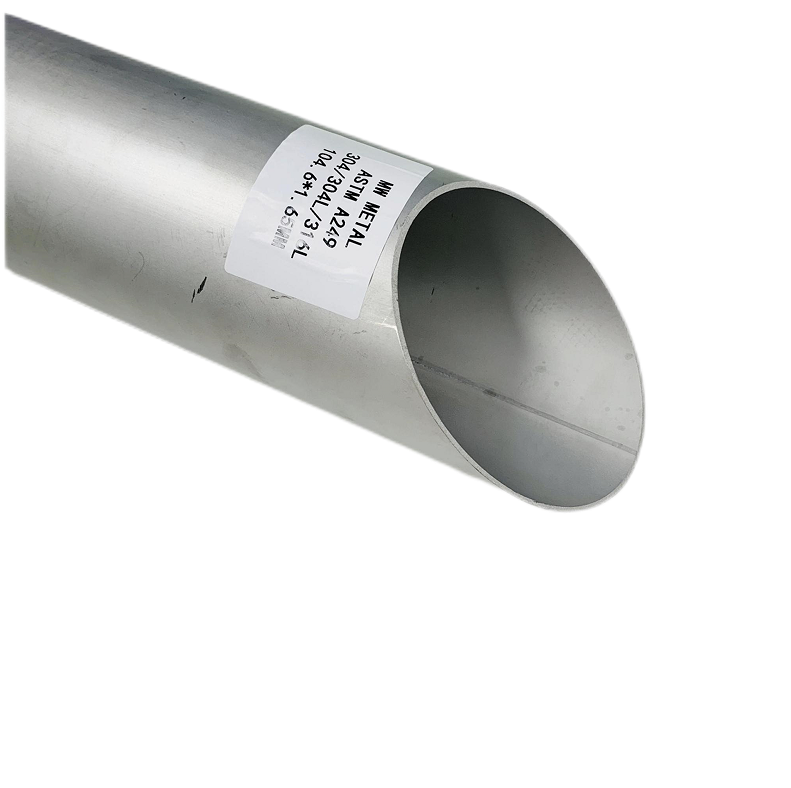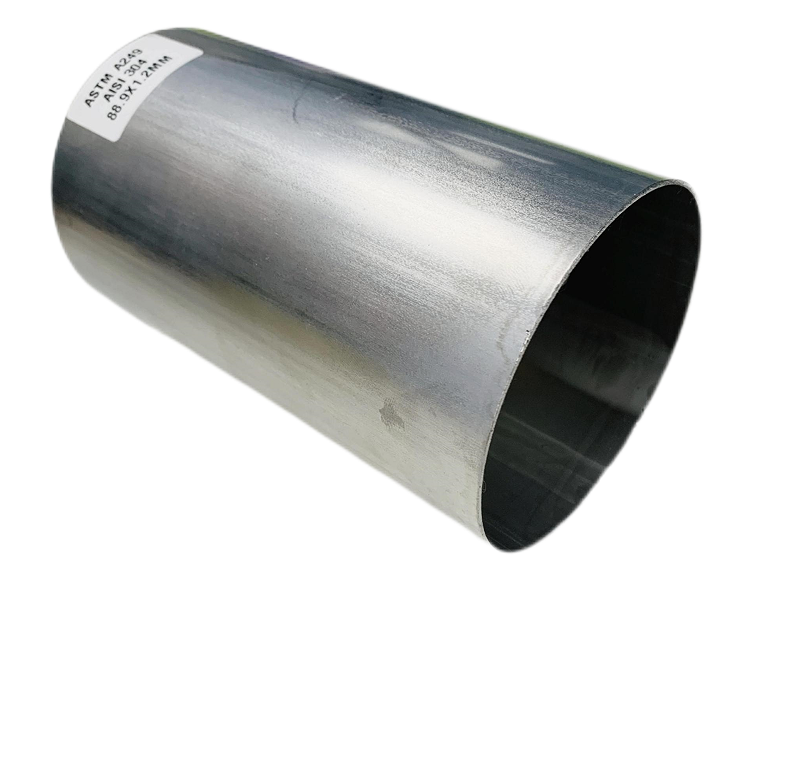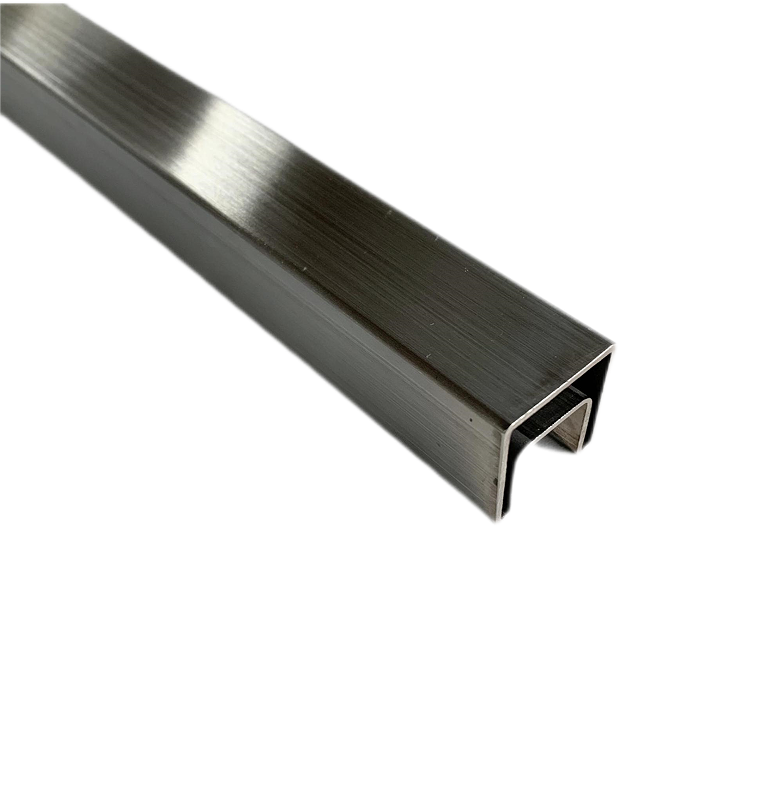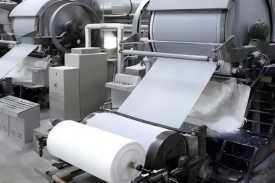Firstly, stainless steel generally has a high strength-to-weight ratio, meaning it can provide significant strength while being relatively lightweight compared to materials like carbon steel or aluminum. Secondly, stainless steel tubes often have high tensile strength, allowing them to withstand pulling forces without breaking or deforming. Depending on the grade, stainless steel can exhibit tensile strengths ranging from several hundred to over a thousand megapascals (MPa). Thirdly, stainless steel typically has a high yield strength, which is the maximum stress that a material can withstand without permanent deformation. This property is crucial for applications where the material may experience significant loads or stress. Besides, stainless steel is known for its good fatigue strength, meaning it can resist failure under cyclic loading conditions. This makes it suitable for applications subject to repeated stress or vibration. When compared to materials like carbon steel, stainless steel often offers superior strength, albeit at a higher cost. Compared to non-metallic materials like plastics or composites, stainless steel typically has higher strength and better durability, particularly in demanding industrial environments.

